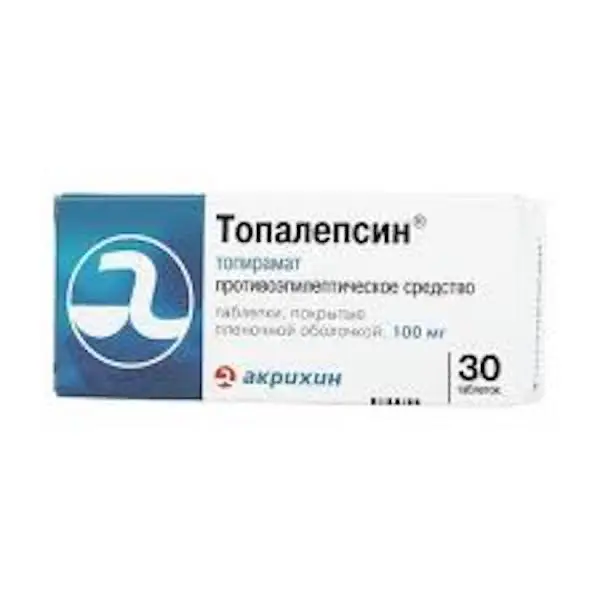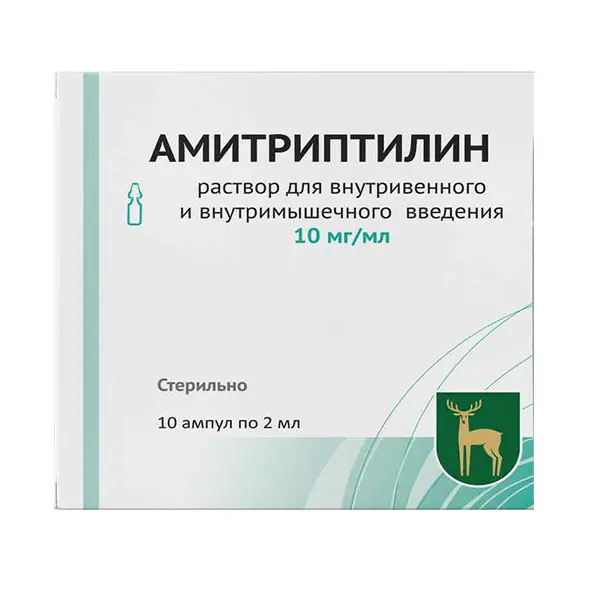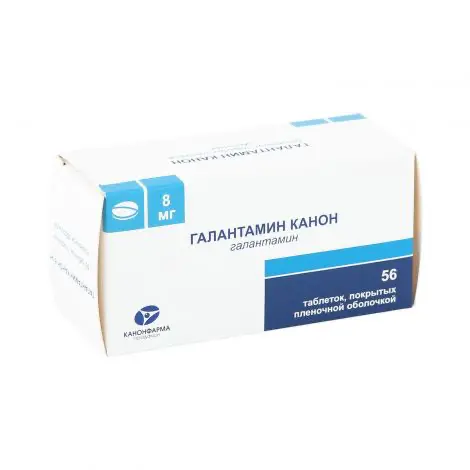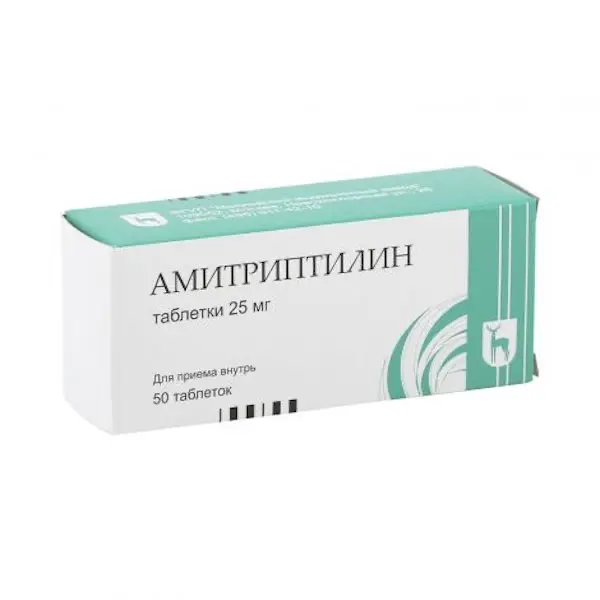Description
Topalepsin Pharmacodynamics
Antiepileptic drug. Reduces the frequency of action potentials characteristic of the neuron in the state of persistent depolarization, indicating that the blocking effect of topiramate on sodium channels depends on the state of the neuron. Increases the activity of gamma-aminobutyric acid (GABA) with respect to some subtypes of GABA receptors (including GABA a-receptors), as well as modulates the activity of GABA a-receptors themselves; inhibits kainate activation of kainate/AMPK receptor sensitivity (alpha-amino-Z-hydroxy-5 methylisoxazole-4-propionic acid) to glutamate, does not affect M-methyl-D-aspartate activity against NMDA-receptors. These effects are dose-dependent at plasma concentrations of 1-200 μM topiramate, with minimal activity between 1- 10 μM.
Inhibits the activity of some carboanhydrase isoenzymes (II-IV), but this effect is weaker than that of acetazolamide and probably is not the main one in the anticonvulsant activity of topiramate.
Indications
As monotherapy for newly diagnosed epilepsy.
As adjunctive medication in adults and children over 3 years of age – partial or generalized tonic-clonic seizures; epileptic seizures against Lennox-Gastaud syndrome.
Contraindications
Hypersensitivity to topiramate.
Caution should be exercised when using with renal and hepatic insufficiency, nephrourolithiasis (including personal and family history), hypercalciuria.
Dosage and administration method
Individual, depending on indications, patient’s age, kidney function and effectiveness of current therapy.





